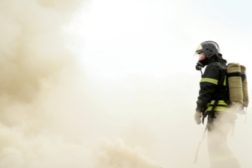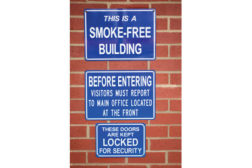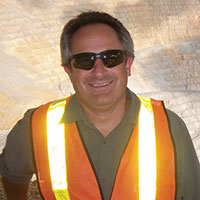Environmental Health and Safety
Chemotherapy drug handling linked to higher cancer risk
Read More
NIOSH study finds higher cancer rates in firefighters
Excessive mesothelioma cases linked to asbestos exposure
November 6, 2013
The biological leash on organizations
Corporate behavior faces hard-wired constraints
November 4, 2013
Remote monitoring in real time
Analyze threat data, controls & alarm signals
November 4, 2013
OSHA
The truth that sickens and kills
Michaels admits PELs are outdated, dangerous
November 1, 2013
Chemistry industry says OSHA safety tools are “too narrow”
ACC urges agency to get stakeholder input
October 31, 2013
Recent North Dakota oil spill raises alarms about Keystone XL pipeline
“It’s not a question of if, but when”
October 29, 2013
Become a Leader in Safety Culture
Build your knowledge with ISHN, covering key safety, health and industrial hygiene news, products, and trends.
JOIN TODAYCopyright ©2025. All Rights Reserved BNP Media.
Design, CMS, Hosting & Web Development :: ePublishing










